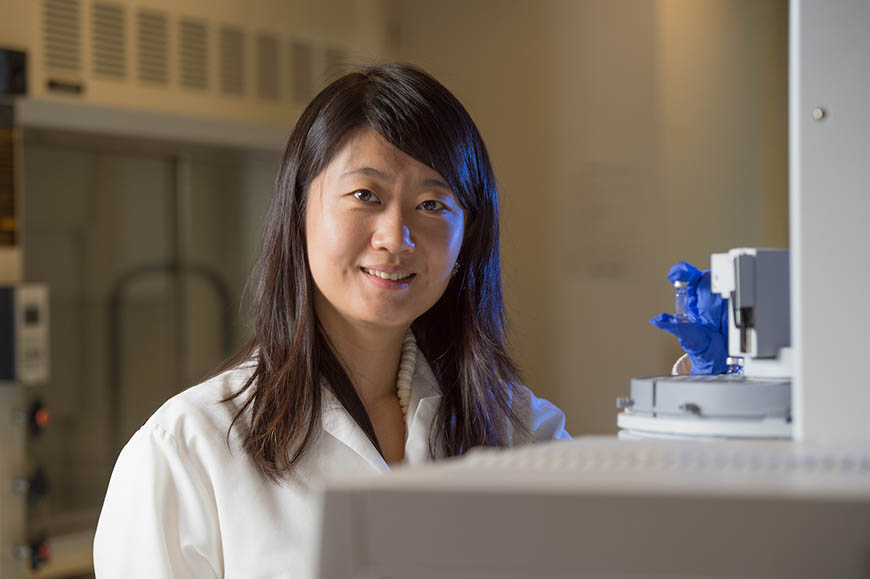Villanova Engineering Faculty Awarded Grant for Transformative Wastewater Treatment Process

Metin Duran, PhD
Villanova University Civil and Environmental Engineering Professor Metin Duran, PhD, is an expert in the field of environmental microbiology and biotechnology. His specific interests lie in the areas of public health microbiology and biological processes for waste management. Recently, Dr. Duran was awarded a $101,153 research grant from Renmatix, Inc., a Philadelphia-area biotechnology company that specializes in the science of renewable materials. For this 18-month project, Dr. Duran is teaming up with visiting research fellow Lara Pelaz Perez, PhD, and Assistant Professor Wenqing Xu, PhD, a biochar expert and recent NSF CAREER grant awardee, also in the Department of Civil and Environmental Engineering. Their objective is the development of an anammox-biochar system for one step, sustainable and cost-effective nitrogen removal and phosphorus recovery from wastewater.

Wenqing Xu, PhD
The federal government mandates the removal of organic matter from wastewater, however it does not require the removal of phosphorus and nitrogen compounds, which are found in industrial waste, runoff from agricultural land and wastewater. These compounds are a major concern in reservoirs, lakes and coastal waters where they stimulate algae growth, which depletes oxygen levels and releases toxins that are harmful to aquatic life, the environment and humans. While the best-case scenario is to prevent nitrogen and phosphorus from reaching our water supplies in the first place, a more manageable, short-term objective is to remove them from wastewater, which increasing numbers of states are requiring.
Current technologies for nitrogen removal from wastewater rely on nitrifying and denitrifying bacteria in a two-stage process that is highly energy intensive and costly. Phosphorus, which is also removed in the process, is a non-renewable resource, and U.S. reserves are barely enough to satisfy the nation’s needs until 2045. Therefore, there is a need to develop effective and energy efficient nutrient removal processes that allow collection and reuse of phosphorus to better integrate food-energy-water systems.
Drs. Duran’s and Xu’s proposed bioreactor combines the redox capabilities and sorptive properties of biochar with the unique ability of anammox bacteria for a single step oxidation of ammonium ion (NH4+) to nitrogen gas (N2). The proposed research has the potential to:
- Develop a sustainable nutrient removal/recovery technology and thereby mitigate nutrient pollution in water environments
- Reduce energy demand for nitrogen removal from wastewater by up to 75 percent
- Facilitate phosphorus recovery for subsequent use as fertilizers
- Recycle spent biochar as a soil amendment for food crops
- Reduce emissions of nitrous oxide, a greenhouse gas that is 310 times more potent than CO2, by 90 percent
“The challenge,” says Dr. Duran, is that annamox bacteria grow very slowly and require a significant amount of engineering to grow in substantial numbers.” It took nearly two years, but he and Dr. Xu finally have been successful in growing a measurable amount in the lab, which Dr. Duran hopes will lead to additional funding through the National Science Foundation. He adds, “We’ve invested so much time and energy on this research with no idea if it would go anywhere. The fact that we have seen results is very exciting.”
